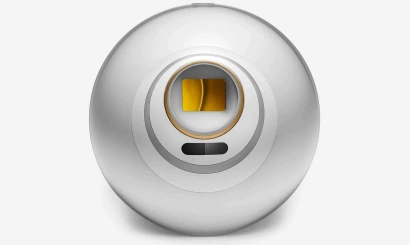Mining pools are essential nowadays for miners who can't constantly upgrade their hardware to match network difficulty. Currently, almost all individual miners, except large mining operations, participate in pools. These pools offer various reward distribution methods, with PPS and PPLNS being the most common. Let's explore these systems and determine which one might be more advantageous.
PPLNS: OPERATIONAL PRINCIPLES
PPLNS is a proportional reward mechanism. While technically complex, it benefits both pools and long-term miners. Unlike PROP systems that pay based on shares submitted between block discoveries, PPLNS considers shares submitted during specific time windows ("shifts"). Each pool determines its own time parameters.
Here's a simplified example:
Consider a pool using PPLNS with 10 one-hour shifts, where a miner contributes 1/100 of total hashpower. To receive full compensation, the miner must participate for at least 10 hours. The reward calculation uses this formula:
- R(miner) = R(pool)*(1/100)*0.3
Where:
- R(miner) - miner's reward R(pool) - pool's reward 1/100 - miner's hashpower proportion 0.3 - shift coefficient
So, if the pool mines 10 bitcoins in 3 hours, the miner receives:
- 10*(1/100)*0.3 = 0.03 bitcoins
For 10 hours of mining, the coefficient is removed, resulting in 0.1 bitcoin.
PPS: SYSTEM OVERVIEW
PPS offers static rewards, paying fixed amounts for each accepted share. The calculation incorporates current block rewards and network difficulty.
This system favors miners as they receive payment for all valid shares, regardless of block discovery. However, pools may occasionally lose money, paying from their reserves. Consequently, PPS pools typically charge higher fees to offset potential losses.
CHOOSING BETWEEN PPS AND PPLNS
The better choice between PPS and PPLNS depends on your mining strategy and equipment capacity. PPLNS typically benefits miners with powerful hardware who stick to one pool long-term, allowing them to maximize profits over time.
For miners who frequently switch pools (though this practice is generally discouraged), PPS might be more suitable. To make an informed decision, it's recommended to experience both systems firsthand and compare results.
- How to reflash the Antminer S9?
- Equihash mining algorithm: an overview
- Hybrid cryptocurrency exchanges: what is HEX?
- What is Dash (Dash) cryptocurrency?
- How to Know Mining: Key Terms
- Crypto A to Z: Cryptocurrency glossary of common terms
- What is a scam?
- What are parachains?
- What is NFT?
- What is Bitcoin?
- How to assemble a rig for mining with your own hands







